| Brand | |
| Roco | |
| Gauge | |
| HO gauge | 16,5mm |
| Power supply | |
| Alternating current AC | |
| product type | |
| electric locos | |
| technical & model details | |
| running number | 116 006-8 |
| friction tires | yes |
| interior lighting | Führerstand & Maschinenraum |
| interior details | Führerstand |
| couplers | NEM 362 Kupplungsaufnahme, KKK, Roco Kurzkupplungen |
| light | 3-Licht Spitzensignal & 2 Schlusslichter, mit Fahrtrichtung wechselnd |
| scale | 1:87 |
| motor | yes |
| flywheel | yes |
| length (mm) | 187 |
| Age notice | not suitable under 14 years |
| Digital & Sound | |
| Digital sound ex factory | x |
| country | |
| Germany | DB |
| era | |
| era IV |
Model: HO gauge AC. Electric locomotive 116 006 of the German Federal Railways. Finely detailed model with separately attached plug-in parts and a true-to-original replica of the Buchli drive. Prototype: The E 16 series was the only German locomotive design with Buchli drive. In 1923, after a lengthy tendering phase, the Bavarian group administration of the Deutsche Reichsbahn initially ordered one and then, after an intensive trial period, 16 additional express train electric locomotives from BBC for their main routes intended for electrification, which were to be given the type designation ES 1. The machines with the axle arrangement 1’Do1′ were moved by a single-axle drive arranged on one side, which was developed by the Swiss engineer Buchli and in the SBB series Ae 3/6? worked to satisfaction. In the total of 52 years of service of the series named after the newly introduced designation system E 16 and from 1968 116, this type of drive proved to be very good despite extensive maintenance. The locomotives were said to run extremely smoothly. In 1929 the Reichsbahn purchased four more machines from Krauss and BBC. Since they had undergone some changes to the frame and structure compared to the first locomotives, these vehicles were listed under the series designation E 16.1. The 120 km/h locomotives achieved an hourly output of 2,340/2,580 kW and a continuous output of 2,020/2,400 kW. In the first years of operation, the high-quality express trains from Munich were one of the tasks of the E 16. Most of the time they hauled the express and express trains in Bavaria and to Austria. At the peak of their career, the machines transported three F-trains, including the F 5/6 Orient-Express, as well as 42 pairs of D-trains. At the end of 1958, the Federal Railway consolidated all E 16 at the Freilassing depot. Until the 1970s, one could not do without the reliable locomotives, which, however, also enjoyed optimal care and support in Freilassing. The scheduled use of this series ended in 1978.

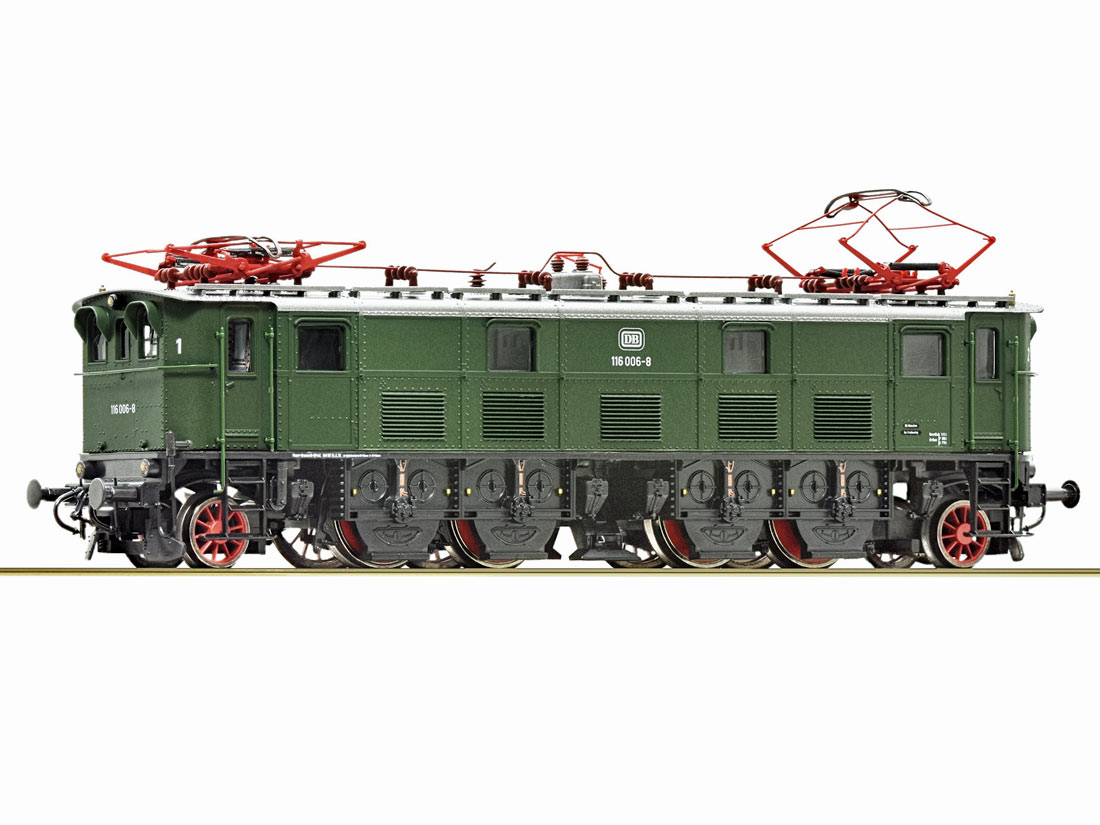
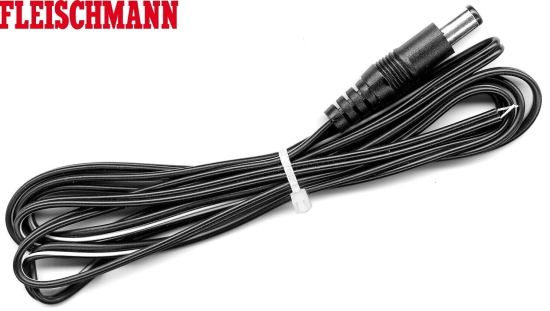
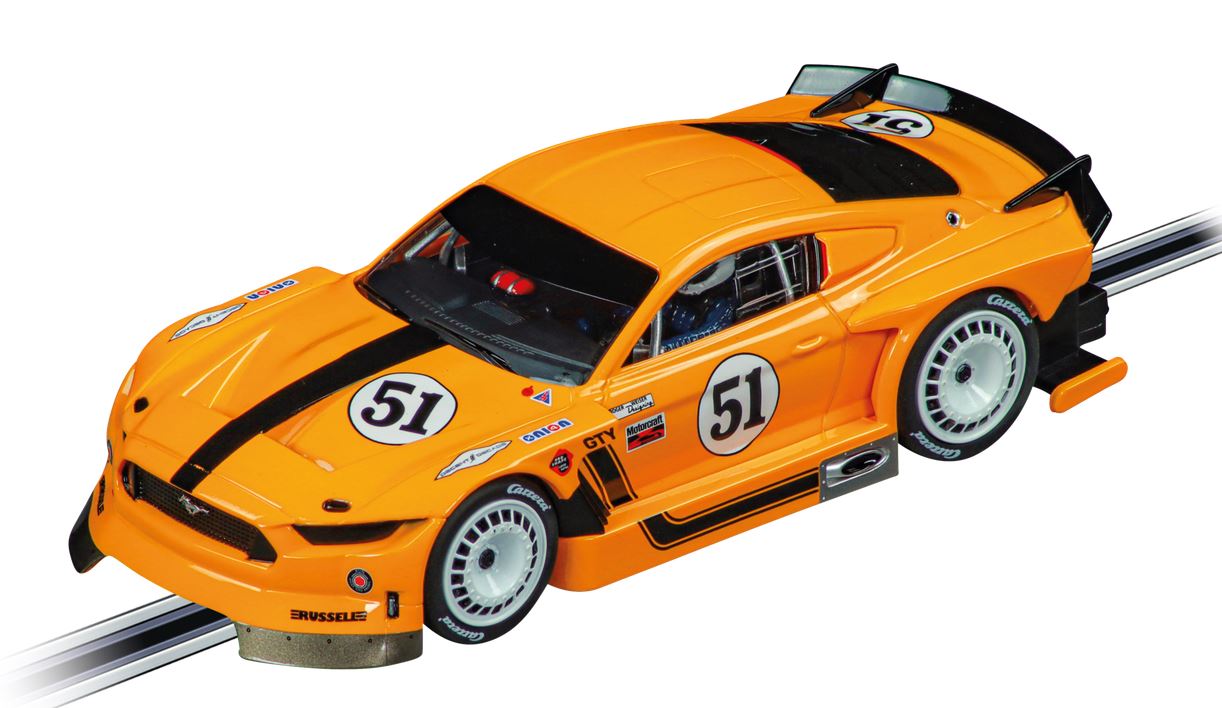
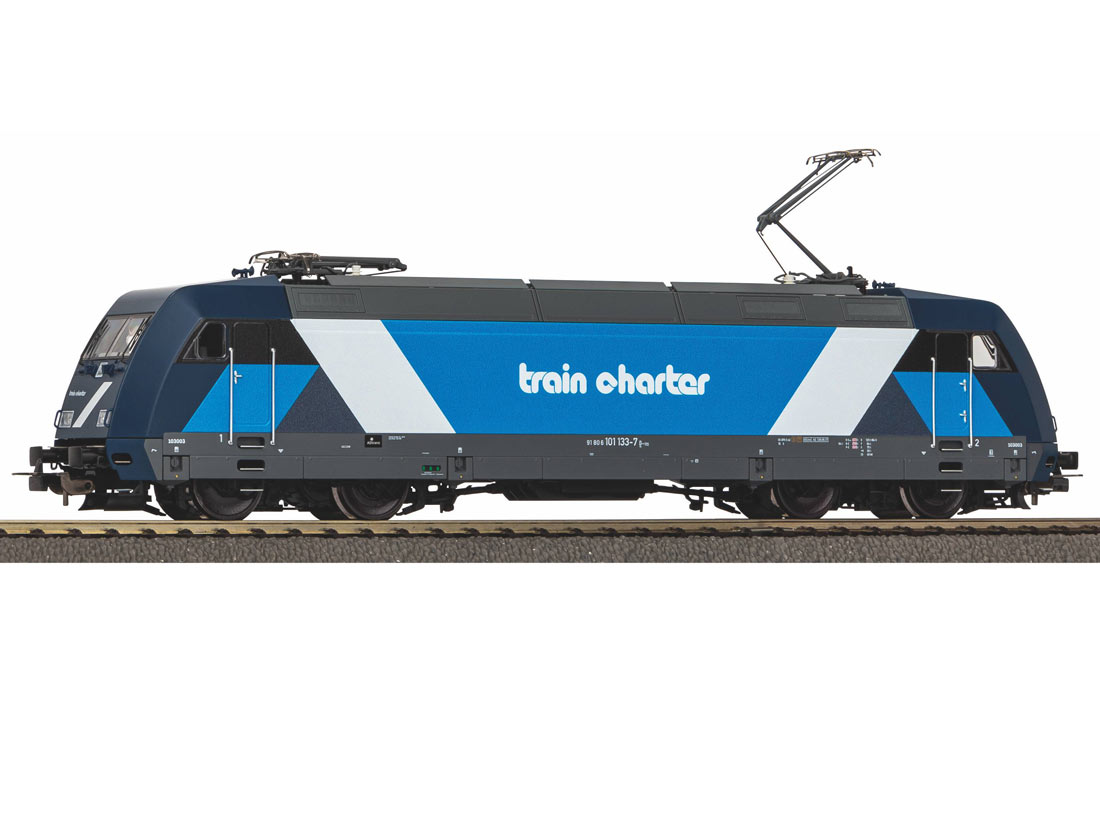
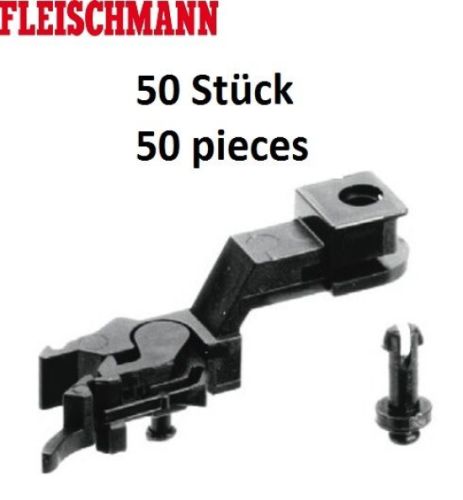
Reviews
There are no reviews yet.